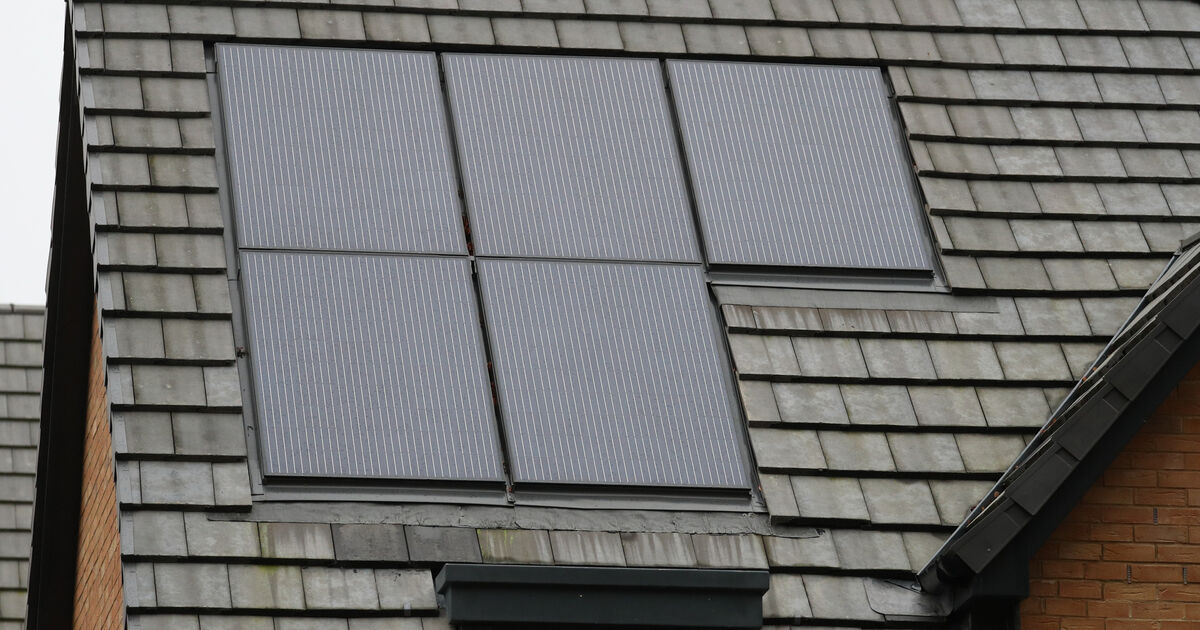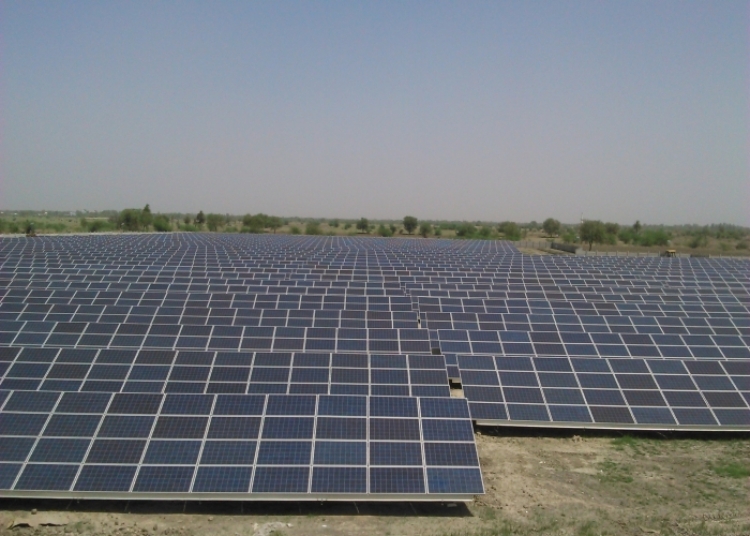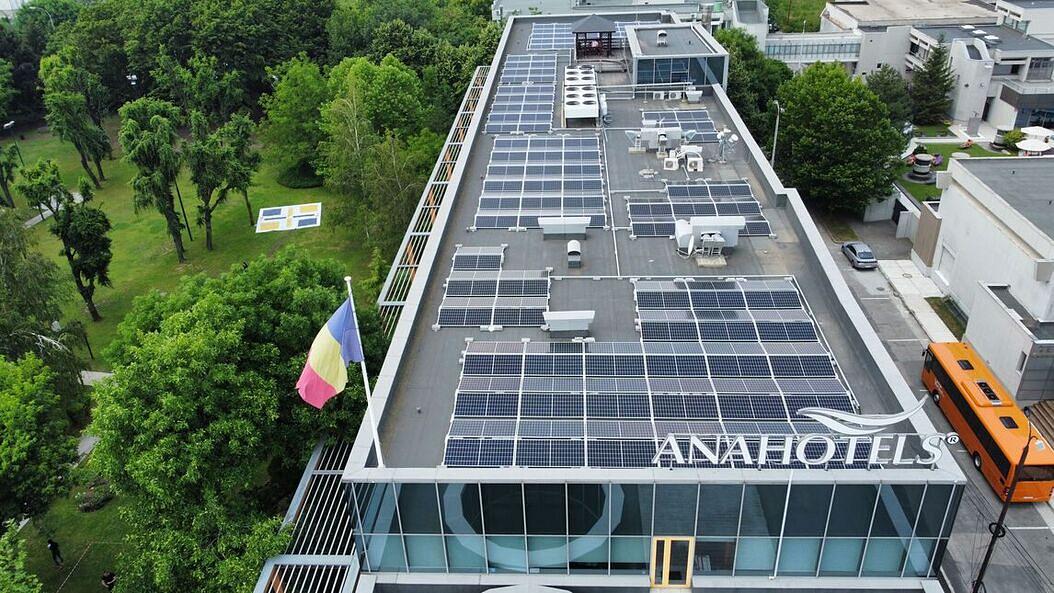IEA’s optimistic outlook reveals solar’s key role, challenges in renewable hydrogen, and the imperative for global collaboration.
Solar Power Propels Unprecedented 50% Growth
The International Energy Agency (IEA) reports a groundbreaking 50% surge in global renewable energy capacity in 2023, primarily powered by the remarkable growth of solar energy installations.
Solar photovoltaic (PV) technology takes center stage, contributing a significant three-quarters to the added renewable energy capacity worldwide in 2023. This underscores solar power’s increasing significance in the global energy landscape.
China’s Leading Role and Wind Power Advancements
China plays a pivotal role, commissioning an impressive amount of solar PV in 2023, equivalent to the entire world’s capacity in 2022. Additionally, China witnesses a remarkable 66% year-on-year increase in wind power additions, solidifying its commitment to renewable energy expansion.
Tripling Renewable Capacity by 2030: Challenges and Opportunities
Despite the optimistic growth, the IEA emphasizes the need for further efforts to triple global renewable energy capacity by 2030, aligning with COP28 agreements. This ambitious goal presents both challenges and opportunities, necessitating global collaboration and innovative solutions.
Navigating Challenges in Renewable Hydrogen Deployment
The IEA issues a cautionary note on the deployment of renewable hydrogen in the next seven years, urging stakeholders to conduct a thorough “reality check.” While recognizing its potential, careful consideration is crucial to address scalability and cost-effectiveness challenges.
IEA Executive Director Fatih Birol underscores the urgency of scaling up financing and deployment of renewables, particularly in emerging and developing economies. This collective action is essential for overcoming challenges and steering the world towards a sustainable energy future.
Source:irishexaminer.com





